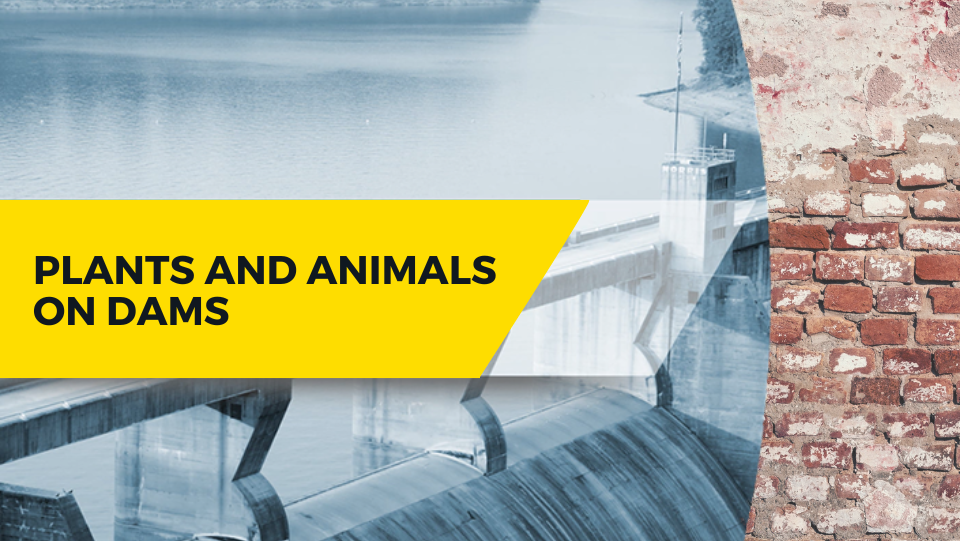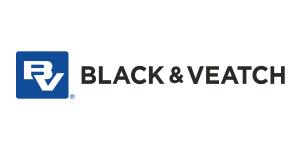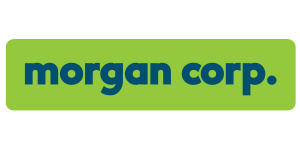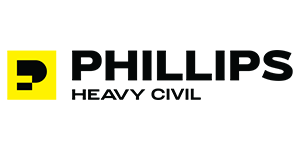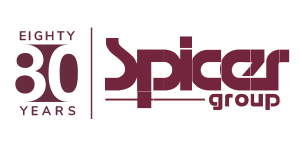Trees and Brush
Contents
- Tree and Brush Hazards
- Stump Removal and Sprout Prevention
- Embankment Maintenance
- Dam Owner Academy Series
- Save this page as a printable Dam Owner's Fact Sheet [PDF]
The establishment and control of proper vegetation is an important part of dam maintenance. Properly maintained vegetation can help prevent erosion of embankment and earth channel surfaces and aid in the control of groundhogs and muskrats. The uncontrolled growth of vegetation can damage embankments and concrete structures and make close inspection difficult.
Tree and Brush Hazards
 Trees and brush should not be permitted on embankment surfaces or in vegetated earth spillways. Extensive root systems can provide seepage paths for water. Trees that blow down or fall over can leave large holes in the embankment surface that will weaken the embankment and can lead to increased erosion, as is the case in the failed earth embankment dam shown here. Brush obscures the surface limiting visual inspection, providing a haven for burrowing animals, and inhibiting the growth of grass vegetation. Tree and brush growth adjacent to concrete walls and structures may eventually cause damage to the concrete and should be removed.
Trees and brush should not be permitted on embankment surfaces or in vegetated earth spillways. Extensive root systems can provide seepage paths for water. Trees that blow down or fall over can leave large holes in the embankment surface that will weaken the embankment and can lead to increased erosion, as is the case in the failed earth embankment dam shown here. Brush obscures the surface limiting visual inspection, providing a haven for burrowing animals, and inhibiting the growth of grass vegetation. Tree and brush growth adjacent to concrete walls and structures may eventually cause damage to the concrete and should be removed.
Stump Removal and Sprout Prevention
Stumps of cut trees should be removed so vegetation can be established and the surface mowed. Small stumps may be entirely removed if removal does not require extensive excavation into the embankment which could compromise the structural integrity of the dam. If the stump is of sufficient size where complete removal would require significant excavation into the embankment, then the stump should be ground down to about 6 inches below the surface. All other woody material should also be removed or ground down to about 6 inches below the ground surface. The cavity should be filled with well-compacted clay soil with a surface dressing of top soil to promote a vigorous grass cover.
Stumps of trees in riprap should be cut as close to the rock layer as possible and then chemically treated so they will not form new sprouts. Certain herbicides are effective for this purpose and can even be used at water supply reservoirs if applied by licensed personnel. These products should be applied in strict coherence with local and state herbicide regulations. Other instructions found on the label should be strictly followed when handling and applying these materials. Only a few commercially available chemicals can be used along shorelines or near water.
Embankment Maintenance
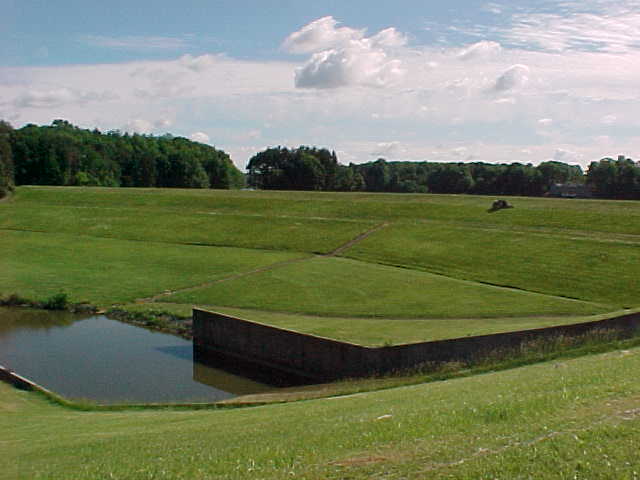
Methods used in the past for control of vegetation but now are considered unacceptable include chemical spraying and burning. Acceptable methods include the use of weed whips or power brush-cutters and mowers. Chemical spraying to first kill small trees and brush is acceptable if precautions are taken to protect the local environment. It may also be necessary to use a dedicated slope mower such as the one shown here.
It is important to remember not to mow when the embankment is wet. It is also important to use proper equipment for the slope and type of vegetation to be cut. Also, always follow the manufacturer’s recommended safe operation procedures.
Dam Owner Academy
The Dam Owner Academy is a series of videos to educate and inform owners on all aspects of operating and maintaining a dam safely. The videos concisely present the critical basics of owner responsibilities and are available as a free resource for owners and those conducting owner outreach programs.
Tree and brush hazards are discussed in the following videos:

